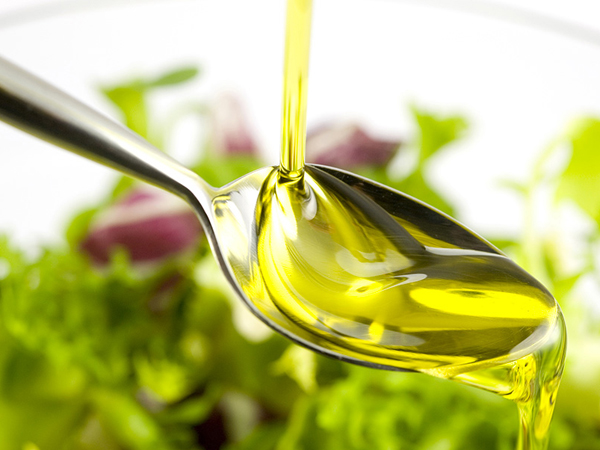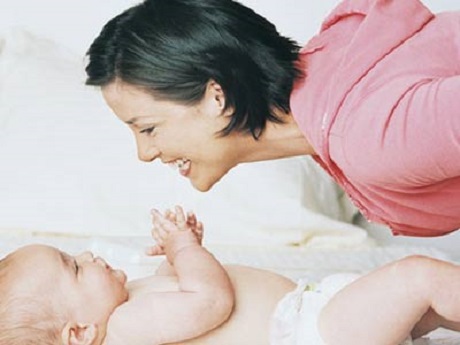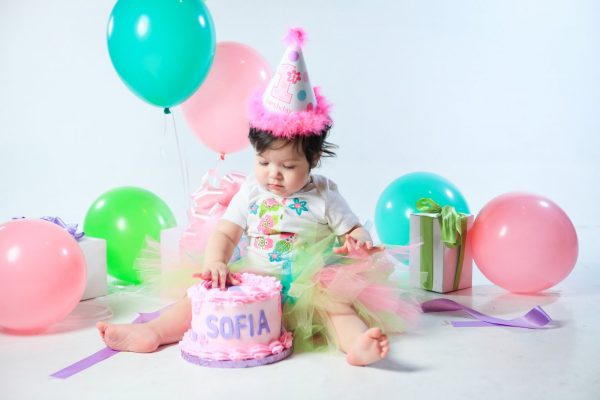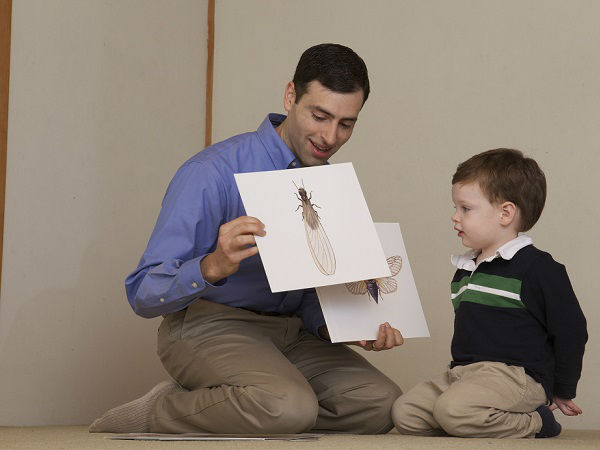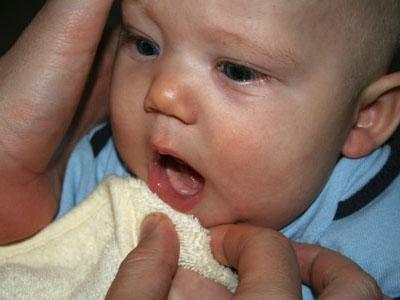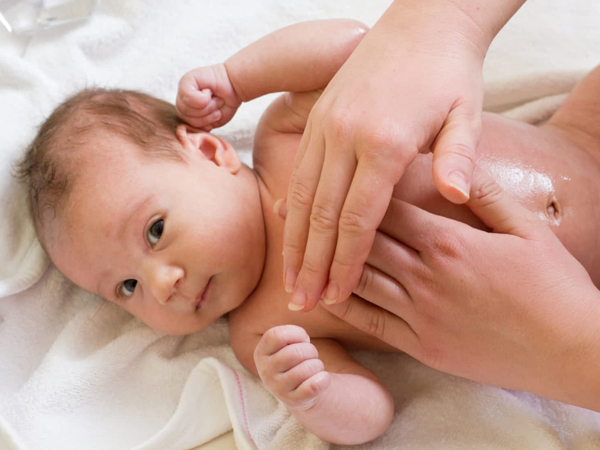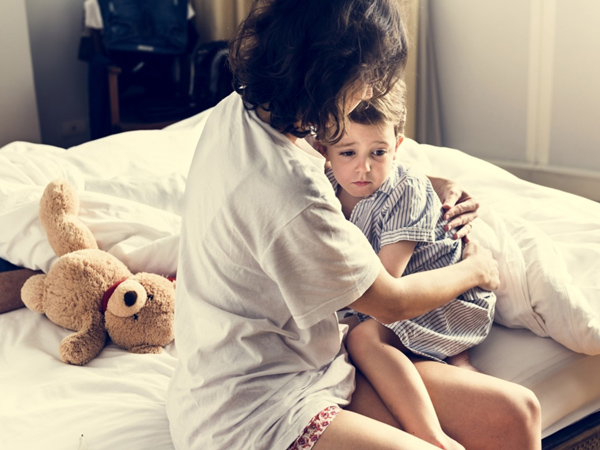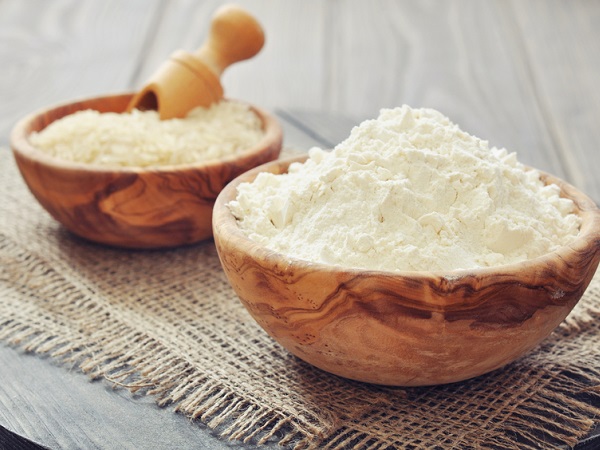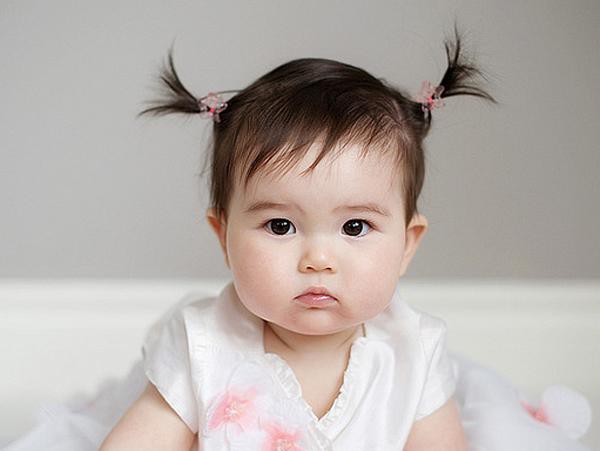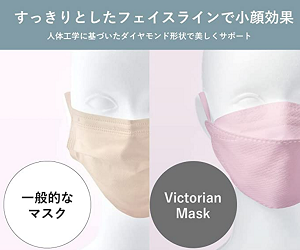The baby has hot palms and soles of the feet but has no fever, is still playing, eating, and living normally. Mom, worry! It could be due to a change in body temperature. The story will go further if there is a fever.
content
Hot palms and feet, possibly due to fever!
Evaluate the degree of fever
Take care of a child with a fever
Does the child have a fever but still have hot palms and feet?
Babies with hot palms and soles of the feet but have no fever, eating, sleeping and gaining weight normally, mothers should not worry. Maybe after giving birth , the mother is warmed too much, the baby wears socks and gloves, so the temperature of the hands and feet is high. However, if the palms of the hands and feet are hot and the symptoms of fever, loss of appetite, or fatigue are present, mothers should not be despised!
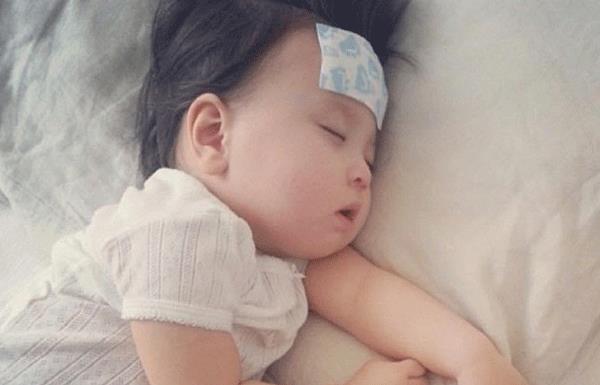
If the baby has hot hands and feet with fever, the mother should be careful to observe
Hot palms and feet, possibly due to fever!
Fever is not a disease, it is a symptom of many diseases. Children under 3 years old often have a fever. There are two main causes of fever:
Fever is due to common causes: Teething, changing weather, rhinitis ... Fever lasts 2-3 days, the child has a fever but is awake, eating and functioning normally.
Fever is a sign of dangerous diseases: pneumonia, encephalitis, malaria, dengue fever ... At this time, children often have high fever, fatigue, convulsions, shortness of breath ... When the child has these symptoms, the father Mom needs to go to the hospital immediately for prompt treatment.
How to detect a child with a fever: When the child's face or cheeks are flushed or slightly pale, their eyes lose their clarity, the child is fussy or sleepy a lot, feels hot or feels hot on the child's forehead, palms or feet. The child's forehead feels hotter than usual that he has a fever.
Evaluate the degree of fever
Evaluate your baby's fever temperature:
Low-grade fever: The temperature ranges from 37.5 to 38.5 degrees C
Moderate fever: Temperatures from 38.5 to 39 degrees C
High fever: The temperature is between 39 and 40 degrees C
Very high fever: Temperatures above 40 degrees Celsius
When measuring the temperature for the baby, the mother should not let the baby wear too thick clothes, do not exercise much. At the same time adjust the average room temperature. Newborn body temperature is best reflected when measured on the buttocks, especially in infants under 3 months old.
When taking the mother's armpit temperature, put the thermometer in place for about 2 minutes, take the result plus 0.5 degrees. For example: the temperature in the armpit is 36.5 degrees C, the baby's temperature is 37 degrees C.
If taking the temperature in the anus, the mother gently put the thermometer in the anus for 1 minute, the temperature in the anus is the baby's body temperature.
Taking the body temperature from the mother's ear should add 0.3 degrees if measured in this position. Babies have narrow ear canal so taking ear temperature can be uncomfortable. Oral temperature measurements are only available for babies aged 4-5 years.
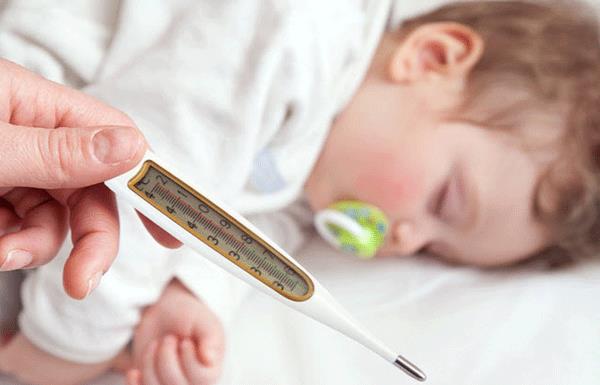
Taking a child's temperature also needs to know how to avoid misjudging the fever
Take care of a child with a fever
When the child has a mild fever, no fever-reducing medicine is needed . The mother only needs to take off her clothes, let the child wear light, airy clothes. Mom should also remove the baby's gloves, feet, to avoid the baby from hot palms and soles of the feet.
Mother let the child drink more water. If your baby is still breastfed, breastfeed more than usual. If the child is old enough, the child should drink juice. Monitor your baby's temperature every hour.
If the child has a fever of over 38.5 degrees C, the mother must give him fever medicine. Wipe the child's body dry, especially in the groin, armpits, and forehead. Mom pay attention not to apply cold water or ice to the baby.
If home care measures still do not help the child reduce fever, parents should immediately take the baby to the medical facility to find the cause.
Does the child have a fever but still have hot palms and feet?
There are many cases where mothers worry when their children are not feverish, but the palms of the hands and feet are always hot. This phenomenon is not strange, mothers do not worry too much if the baby is still developing normally.
This is because the baby's temperature adjustment is not perfect. Babies with hot palms and soles of the feet can also be caused by individual temperature characteristics such as welding or heat.
If the mother is still worried about the baby being hot on the palms and soles of the feet, she can send her baby to the medical facility to be examined by the doctor and find out the exact cause. Mom should follow up and take notes on the baby's expressions carefully to discuss with the doctor.



